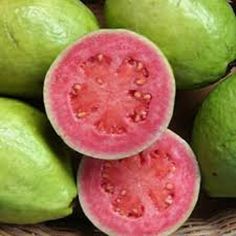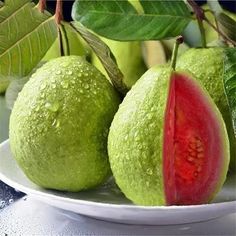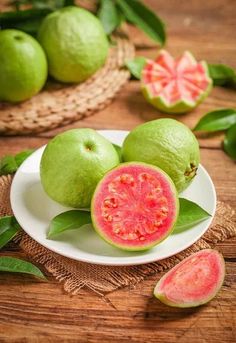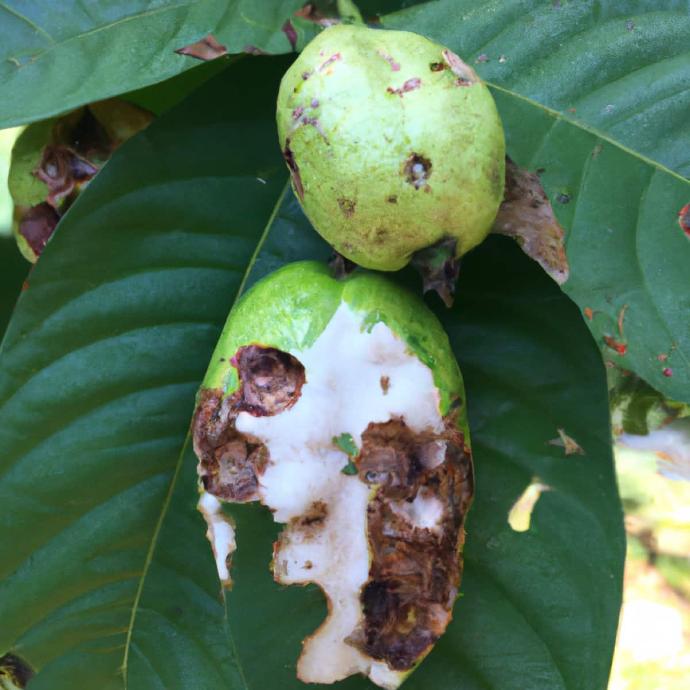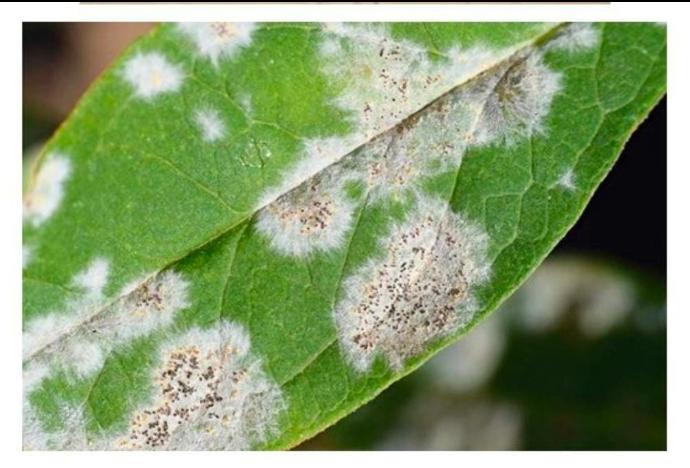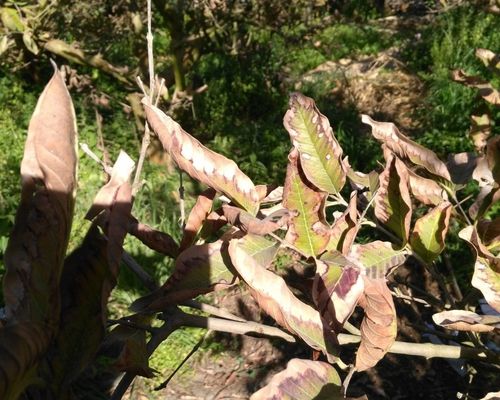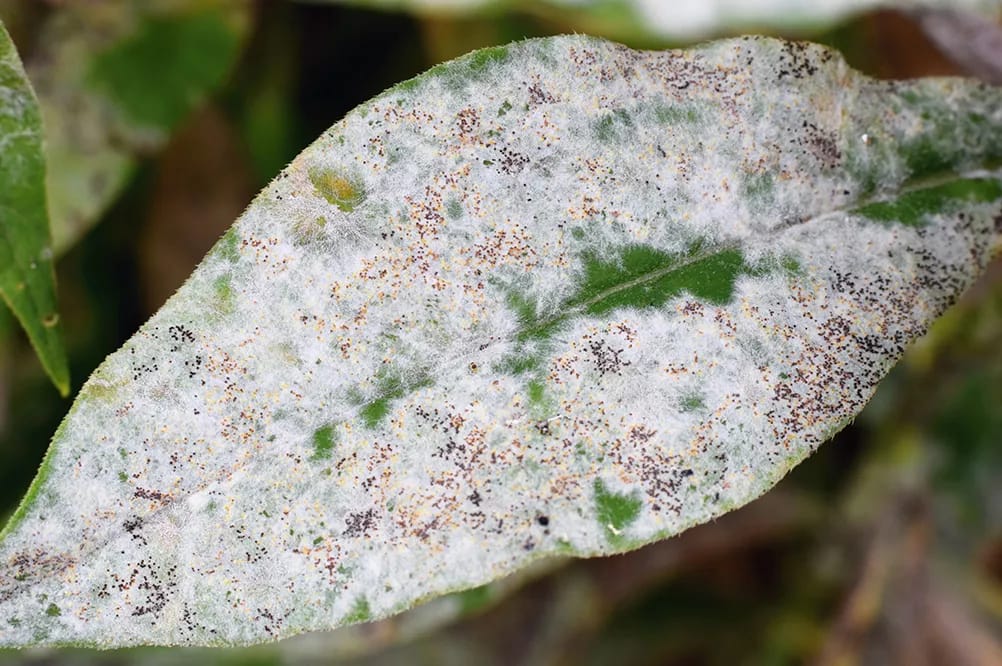Japanese guava Plant
Japanese Guava, possibly referring to a specific guava variety, may have care requirements similar to other guava trees. Plant in well-draining soil with full sun exposure. Water consistently, especially during dry periods. Pruning can be done to shape the tree and remove crowded or dead branches. Fertilize during the growing season.
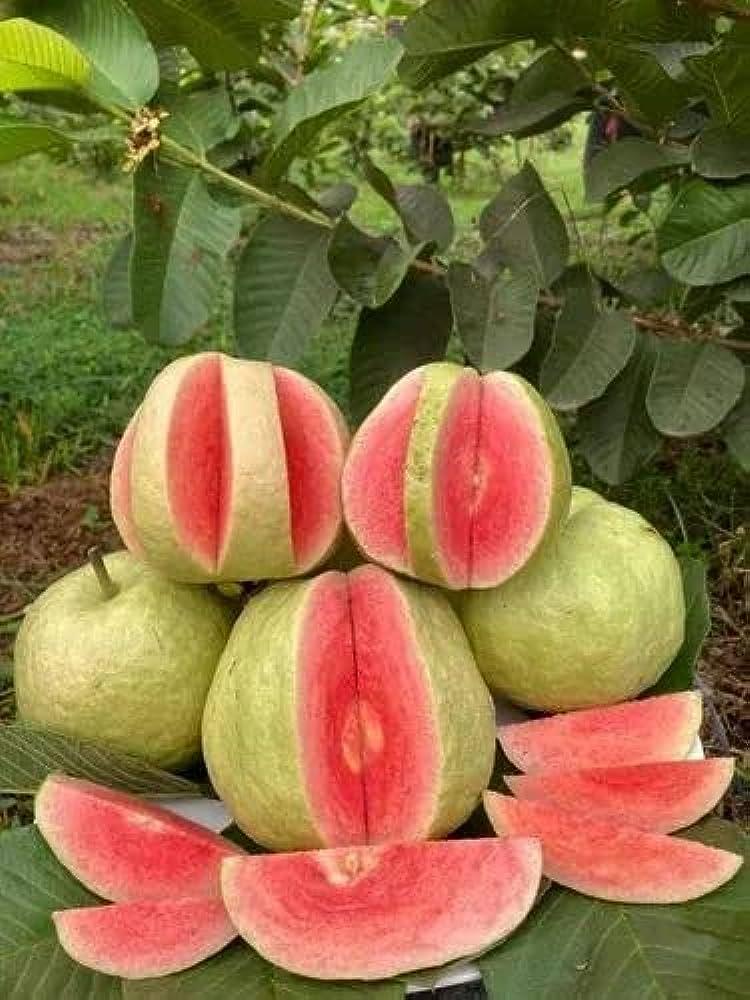
Habit
Tree
Height
3-5 meters
Growth
Fast
Soil
Well-drained, sandy soil
Shade
Full Sun to partial shade
Moisture
Moist
Edible
Yes
Medicinal
No
Origin
Japan
Climatic Condition
Tropical, subtropical
Temperature (°)
20-30
Humidity (%)
60-75
Potting media
Loamy, organic compost
Fertilizers
Balanced, organic
Watering
Moderate
Plant Weight
300-600 grams
Flowering Time
Summer to Fall
Soil Ph level
5.5-6.5
Water Ph level
6.0-7.5
Soil EC
0.4-0.8 mS/cm
Yield Per Plant
20-30 kg/plant
NPK ratio
10:10:10
life Span
10-15 years
Health Benefits
Rich in vitamin C, boosts immunity
Suggested Grow Media or Potting Mix ?
50% loam, 25% compost, 25% sand
Suggested Fertigation/Fertilizers
Fertilize every 6 weeks with a balanced fertilizer.
Common Diseases and Remedies
Guava wilt, Powdery mildew.
Browning and wilting of the leaves, discolouration of the stem and death of the branches .
Destroy infected parts.
HEALTH BENEFITS
· High in vitamin C
· Supports immune health
· Aids digestion
What is an Japanese Guava plants?
Japanese guava plants are a variety of guava (Psidium guajava) that produce pink-fleshed fruits. They are native to Japanese and are known for their sweet and aromatic flavor. These plants require warm climates to thrive and are popular for their juicy and flavorful fruits.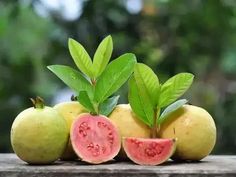
What are different types of Japanese guava?
1. Fah Sai:
Known for its sweet and aromatic flavor, with pink flesh and a smooth texture.
2. Chomphu:
Features large fruits with a pink interior and a slightly tart flavor.
3. Keow Savoy:
A hybrid variety with pink flesh and a tangy-sweet taste.
4. Suphan Buri:
Characterized by its round shape, crisp texture, and sweet flavor.
5. Suphatra:
Another popular variety with pink flesh and a sweet, tropical taste.